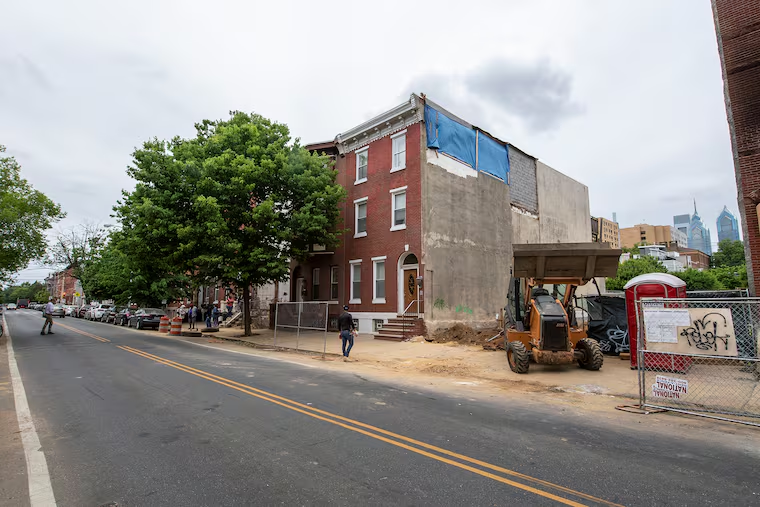Philadelphia has created its first historic district designated to recognize Black history
The Christian Street/Black Doctors Row Historic District stretches for six blocks in the Graduate Hospital neighborhood.

The Christian Street/Black Doctors Row Historic District stretches for six blocks in the Graduate Hospital neighborhood.
